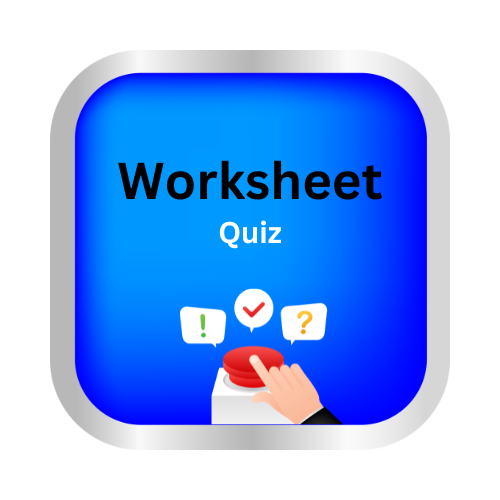Safety at home
safety at home by Delta publications
key notes :

Introduction to Safety
- Safety means being free from danger or harm.
- Our home is a safe place, but accidents can still happen if we are not careful.
Kitchen Safety

- Always handle sharp objects like knives and scissors carefully.
- Stay away from hot stoves, ovens, and boiling water.
- Do not use electrical appliances without adult supervision.
Electrical Safety

- Do not touch electrical sockets, wires, or appliances with wet hands.
- Avoid overloading plugs with too many devices.
- Report any broken wires or appliances to an adult.
Fire Safety

- Do not play with matches, lighters, or candles.
- Learn the locations of fire extinguishers in the house.
- Practice emergency exits in case of a fire.
Bathroom Safety

- Be cautious of slippery floors to prevent falls.
- Use mats to avoid slipping.
- Keep electrical devices like hairdryers away from water.
Staircase and Furniture Safety
- Always hold the railing when using stairs.
- Avoid climbing on furniture or windows.
- Keep the floor free of toys and other items to prevent tripping.
Medicine and Chemical Safety
- Do not touch or consume medicines, cleaning products, or chemicals without permission.
- Store these items out of reach of children.
Sharp Objects and Tools

- Do not play with sharp objects like needles, scissors, or tools.
- Keep them in designated places after use.
Safety with Pets
- Treat pets gently to avoid bites or scratches.
- Wash hands after handling pets or their food.
Emergency Preparedness
- Learn emergency contact numbers, such as for the police, fire department, and ambulance.
- Practice what to do in emergencies like earthquakes or fires.
Role of Adults
- Always inform adults if you notice something unsafe at home.
- Follow their instructions to stay safe.
Let’s practice!

